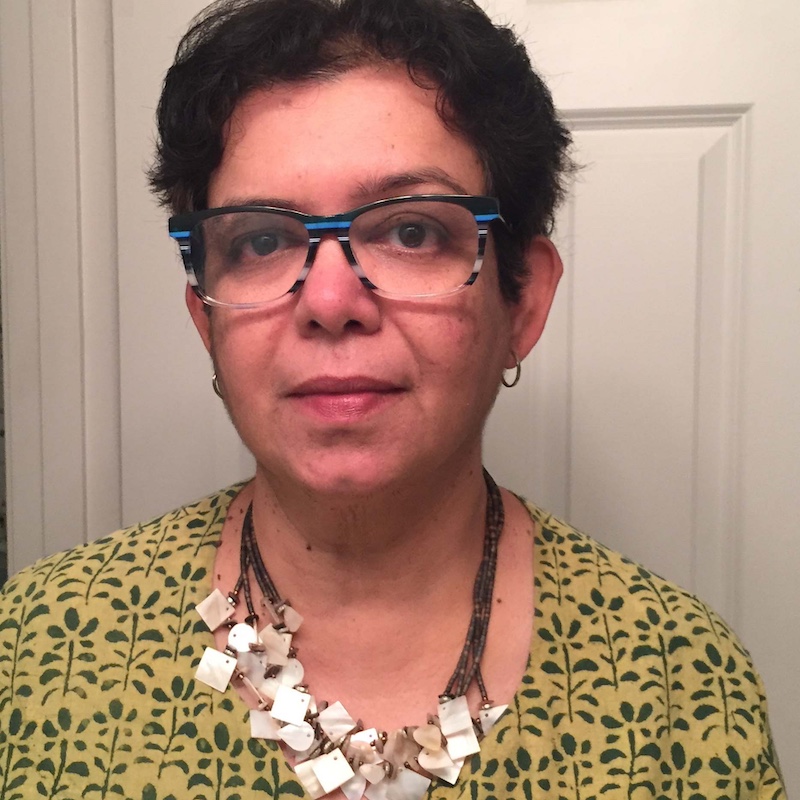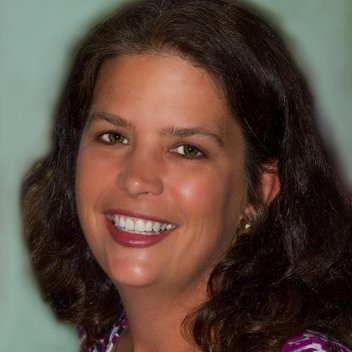Sniff sniff. Imagine an array of sensors that can pull an odor sample from a train station and use it to autonomously sense and warn of an imminent bomb threat. Or imagine that same powerful device in a hospital setting, where it could analyze a patient’s scent for signs of early-stage cancer and other deadly diseases.
It maybe become a reality soon, according to Jacob Rosenstein, an associate professor of engineering at Brown University, where he studies how devices can understand different human senses.
“Everybody would agree that computers can do a lot of things, but the one thing that they cannot do well is smell,” Rosenstein said. “All of that information is completely unavailable to machines, so it’s a big opportunity space.”
Although smell is one of the last unexplored frontiers for computers, researchers like Rosenstein are already working on forms of artificial intelligence that can detect and interpret olfactory signals. And their work is closer to reality than you might think.
“We're trying to map chemical compounds and predict what different molecules would smell like,” said Rosenstein, who previously developed an e-nose called TruffleBot.
By mapping how molecular structures affect human’s perception of smell, computer scientists might soon be able to digitize and eventually recreate scents. And in industries as diverse as security and healthcare, that capability could help better the world and perhaps even save lives
Data Demands
Joining Rosenstein in the field of olfactory AI is Joel Mainland, an associate professor of neuroscience at the University of Pennsylvania and a member at the Monell Chemical Senses Center.
“We collected a lot of data on what things smell like and we built machine learning models that take in their molecular structure and predict our perception of smell,” Mainland said. “We're able to build a model that could beat the median panelist at describing what something smells like.”
A robust artificial nose may ultimately require thousands of different sensors. Making quick sense of that much data will require the immense computing power afforded by the cloud and the added processing power of both AI and machine learning.
“AI and machine learning are tools that you throw at very complex problems, and I think that a sense of smell is very complex,” Rosenstein said. “Data that would come out of any artificial nose is going to have a lot of noise and complexities that require a machine learning kind of approach. To predict what a molecule will smell like is definitely an AI-cloud compute problem.”
As data demands multiply from a growing number of sensors and a whole new realm of sensory inputs, IT infrastructure like cloud computing becomes essential to processing heaps of new information.
Giving computers a sense of smell with AI is the stated goal of startup company Osmo. AI and machine learning algorithms it produced have culminated in a “principal odor map.” Trained on a dataset of 5,000 molecules across different categories of aromas, this principal odor map is the key to digitizing smell, Osmo proposes.
“AI was superhuman in its ability to predict what things smelled like,” Alex Wiltschko, Osmo’s CEO and co-founder, told CNBC in an August 2024 interview. “The reason why it’s so challenging is because you can move one tiny thing around in that molecule, like one bond, and the scent of the molecule goes from roses to rotten eggs.”
AI Can Smell — So What?
It’s one thing to understand how AI can smell. To truly appreciate the technology, however, one must ask why.
If computers gain the ability to understand the complexities of smell, the opportunities are endless. For one, all manner of objects and things could be optimized to smell better, and many disgusting malodors could become relics of the past.
Even more significant, however, is the fact that scent-sensing devices could save lives, Wiltschko suggested. “We’ve known that smell contains information we can use to detect disease,” he told CNBC. “But computers can’t speak that language and can’t interpret that data yet.”
Odor-focused sensors could also detect and track threats to public safety and national defense, such as chemical and biological weapons. Computers trained in this manner could transmit and reproduce scents elsewhere without human involvement.
“Previously, if you wanted to deliver an odor to somebody, you’d have to put that odor in a jar and flow air over it,” Mainland said.
Not anymore. With digitized scents, sharing an odor could soon be as easy as sending a message. This sort of “scent teleportation” requires smells to be captured with a gas chromatograph and a mass spectrometer, after which their odor-causing molecules can be digitized and then ultimately reproduced on the other end with a molecular printer.
One can imagine how digitized smells could eventually enrich all manner of media and entertainment. “You can now figure out ways in industry to optimize molecules and improve formulations for safety, cost or performance,” Mainland said. “You could identify molecules for odor that have never been synthesized before that might be useful commercially.”
To understand the potential benefits, consider a December 2022 study by Google researchers: It found that this kind of deep learning might help discover new types of insect repellent that can combat deadly insect-borne illnesses.
Agriculture is another promising area of opportunity: In the same way color analysis can tell a farmer about their crop yield, this technology could help growers optimize crops for flavor.
“If you found a good set of primary odors, you could democratize fragrance production, where relatively few companies dominate the space right now,” suggested Mainland, who said the ability to define scent and its nuanced characteristics could even lead to companies trademarking their own signature odors.
“I think there are tons of applications for digitizing olfaction that have not yet really been thought of,” Mainland concluded. “When you can figure out how to teach computers how to smell, you open up lots of different things for downstream applications.”
Chase Guttman is a technology writer. He’s also an award-winning travel photographer, Emmy-winning drone cinematographer, author, lecturer and instructor. His book, The Handbook of Drone Photography, was one of the first written on the topic and received critical acclaim. Find him at chaseguttman.com or @chaseguttman.
© 2025 Nutanix, Inc. All rights reserved. For additional information and important legal disclaimers, please go here.






